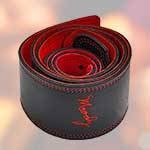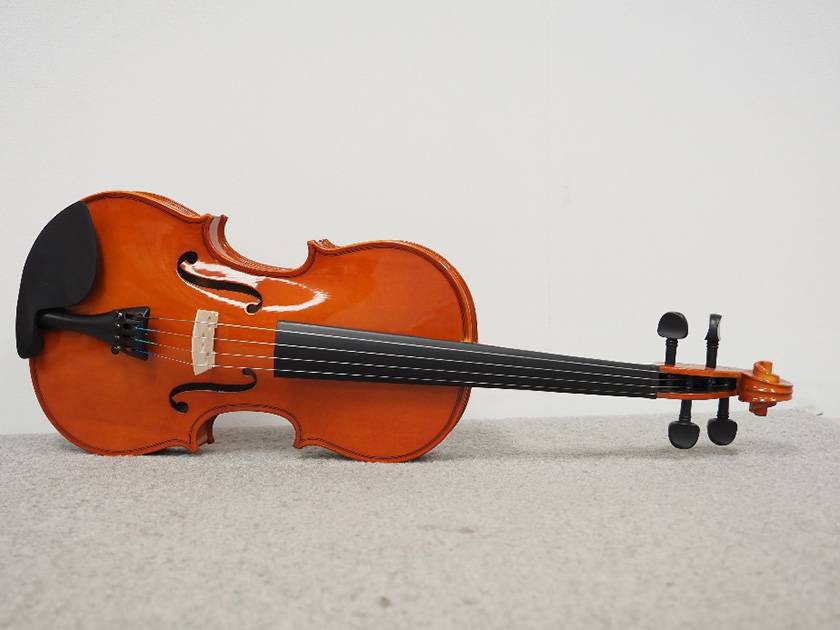
There are numerous blog articles about string instruments worldwide, and probably countless discussions about the sound post as well. Although it is a topic that has already been researched thoroughly, how many people have actually seen a sound post?
With an almost mythic reputation due to the revered photos and images of craftsmen handling them, the sound post deserves a bit of explanation.
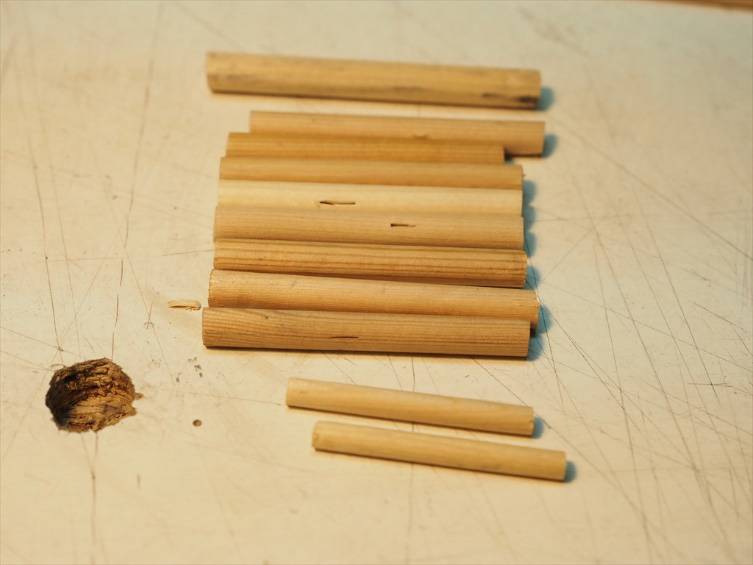
These are violin sound posts. These were taken from old instruments and include posts for full-size violins, fractional-size violins, and violas. The thickness and length vary with the size of the instrument.
You might wonder why they were removed from old instruments. Let’s dive into the topic.
What is a Sound Post?
In Japanese, the term ‘sound post’ is called ‘魂柱 (konchu)’, which means ‘pillar of the soul’.
Beginners might be puzzled by this term. It refers to a small cylindrical stick, about 5mm in diameter for a full-size violin, standing inside the instrument. You can see it through the high-pitched side f-hole of the instrument.
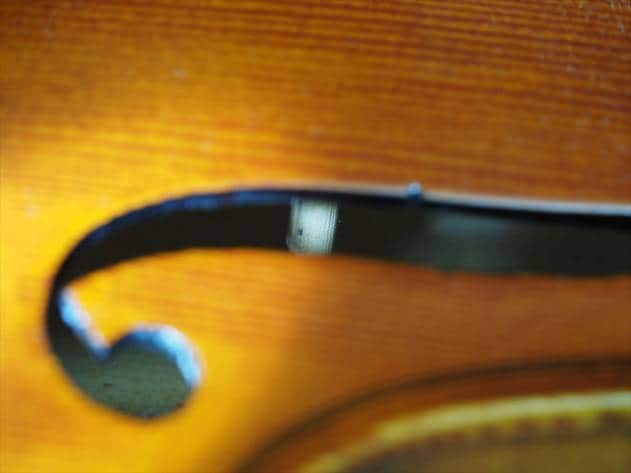
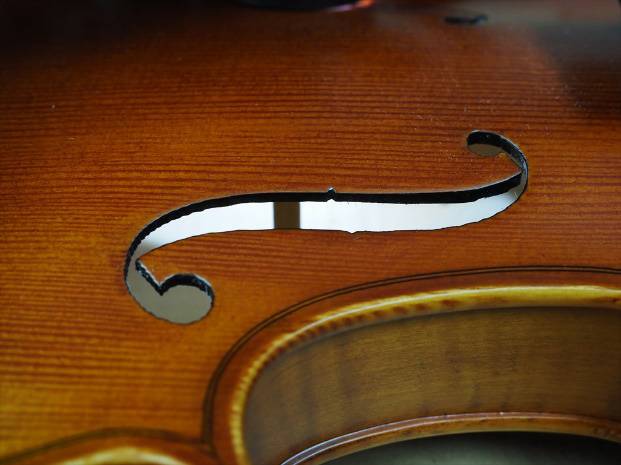
The Role of the Sound Post
The vibrations of the strings are transmitted through the bridge to the soundboard (top plate). The sound post then transmits these vibrations to the back plate, making the entire instrument resonate and producing a fuller, richer sound.
The picture below shows the inside of a violin, taken through the endpin hole.
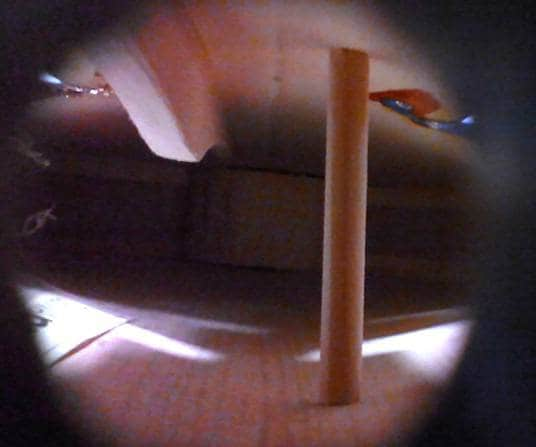
In this picture, the sound post stands vertically on the right. It is crafted to fit the curved surfaces of the soundboard (top) and back plate (bottom). This construction effectively transmits the vibrations from the soundboard to the back plate.
On the left upper side, you see a curved piece of wood known as the bass bar. Unlike the sound post, the bass bar cannot be removed, but plays a crucial role in enhancing the instrument’s resonance.
Does the Sound Post Change the Sound?
Yes, it does change. However, it’s important to note that the purpose of changing a sound post isn’t merely to improve the sound.
To be precise...
“Replacing a poorly crafted sound post with a well-made one will result in better sound quality!”
is the ideal story.
Did I say ‘story’?
Yes, that’s right. This is where things get truly intriguing. Even though I usually strive to explain things calmly, I can’t help but get a bit passionate about this particular topic.
The sound post must be precisely crafted and correctly positioned to transmit vibrations effectively to produce a good sound.
If the sound post is slanted or poorly made, it won’t work. The standard practice of sound post replacement involves removing a poorly made post and standing a perfectly crafted one in its place.
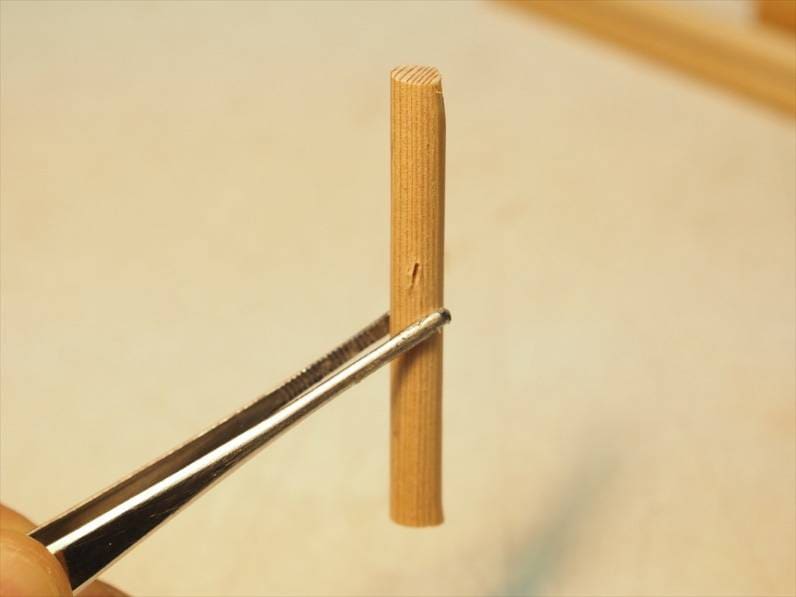
This is an example of a poorly made sound post.
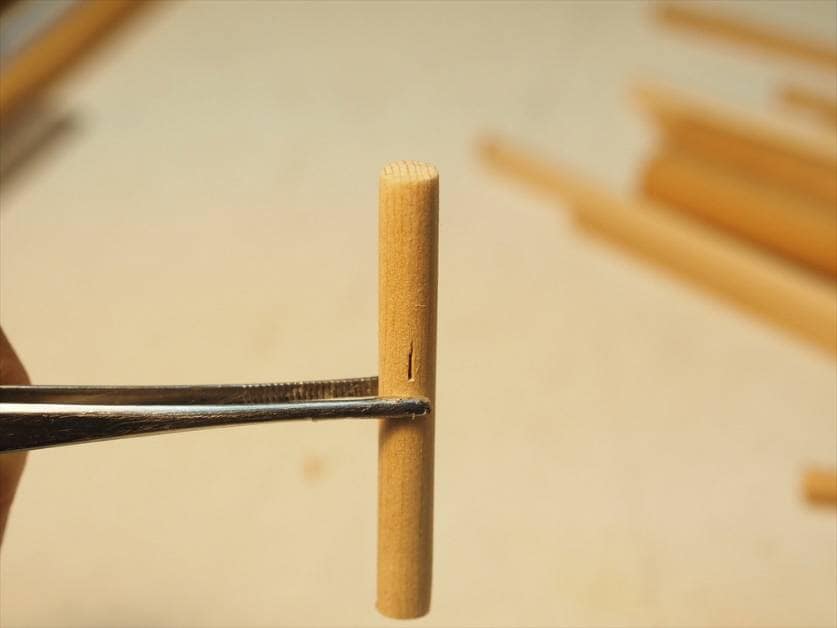
And this one is reasonably well-made.
You might think they look the same.
However, the fitting to the curves of the soundboard and back plate makes all the difference. This fitting process is complex and three-dimensional, so we won’t delve into it further here.
Let me share a real story from about 25 years ago.
One day, an elderly gentleman who was very fond of violins came to visit me as a customer. Let’s call him Mr. K from now on. He wanted to change the sound post of his instrument, so I replaced the sound post. After finishing the work, I tried playing the instrument.
The sound had changed, but the previous sound sounded better, but why?
In most cases, if the work is done correctly, the sound improves. However, the standard for ‘good sound’ is subjective and lacks a definitive rule.
In Mr. K’s case, his instrument was quite old (an Italian antique), and probably the area where the sound post touched the top plate had deformed, making it a challenging instrument to make modification. Relying on memory, I reinstalled the original sound post in its original position, and the sound returned to what it was.
If I were a craftsman with divine skills, I might have been able to handle this instrument, but I am just an ordinary person. Even if I were to take on that instrument again now, I wouldn’t be confident in improving the sound with a new sound post.
According to Mr. K, “I’ve had this sound post looked at by various places, but no matter what they did, it was no good.” It seems he had tried replacing the sound post at various workshops, but in the end, he reverted to the original. I wish he had told me that first...
With extreme cases like Mr. K’s aside, generally, if there is a problem with the sound post, replacing it will usually improve the sound.
The sound post is a crucial part to make a good sound, but you might be surprised to find that when removed, it’s just an unexpectedly simple wooden stick.
Sound Post Materials
The materials for sound posts are spruce rods, as shown here.
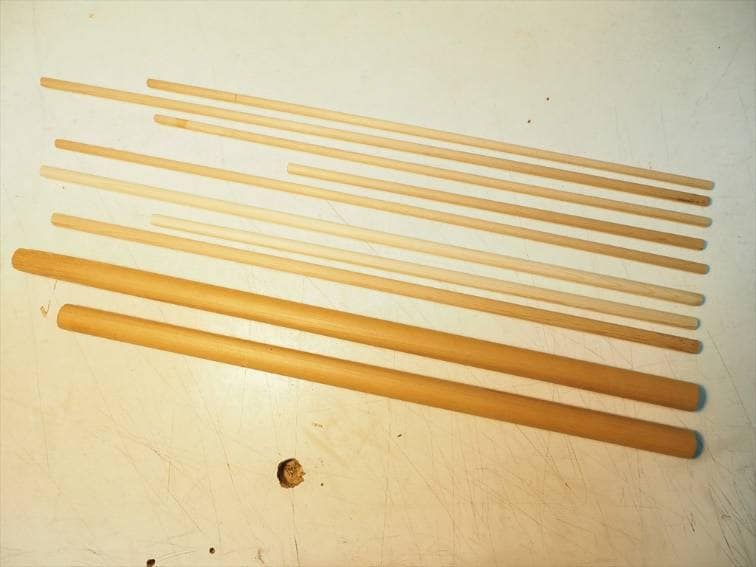
From top to bottom, they are for violin, viola, and cello. The bass sound post is a bit thicker and not shown here.
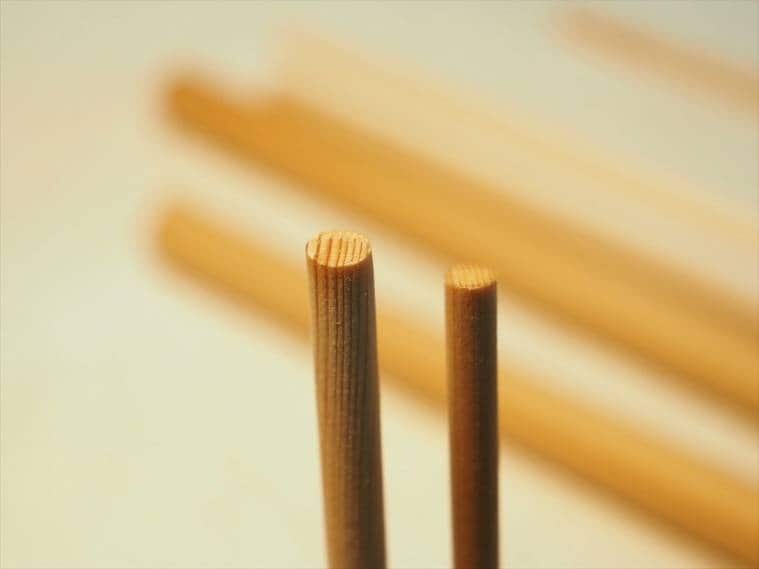
Looking at the cross-section of a sound post, you can see the wood grain. The black lines are called winter growth rings. The sound produced when flicking the sound post with your finger or rolling it on a table differs between materials with wide and narrow grain spacings. The difference in hardness means that softer sound posts tend to produce a fuller sound with less loss of low frequencies. Conversely, sound posts with tighter grain tend to produce a sharper sound (this can vary depending on the instrument).
Remember, the goal is not to change the sound post to improve the sound.
However, sometimes, players may seek to make their instrument’s sound softer or they are not happy with the sound volume, changing the sound post might be one of the recommended solutions.
Conclusion
While the phrase “the sound of an instrument is determined by the sound post” isn’t completely wrong, it’s not just the sound post that determines the sound. It’s a more complex process involving overall balance and adjustments.
Working with the player and the luthier, refining and adjusting the instrument over time, is the proper way to use string instruments. The price of the instrument doesn’t matter. While some may believe that the ultimate choice is to buy a perfect instrument for a high price, I hope fewer people hold the view that repairing and adjusting inexpensive instruments is a waste of time and money.
The picture I used at the beginning of this article was of Sound House’s most affordable violin, the PLAYTECH PVN244. It produces quite a good sound. Why not aim for the best possible sound with the most affordable instrument?





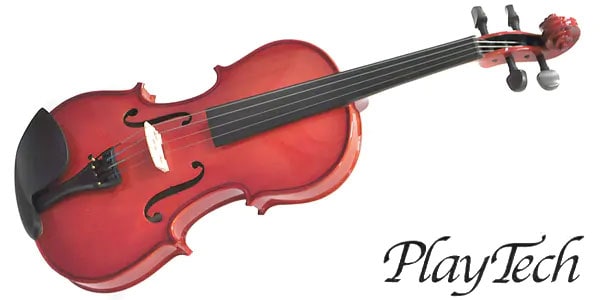

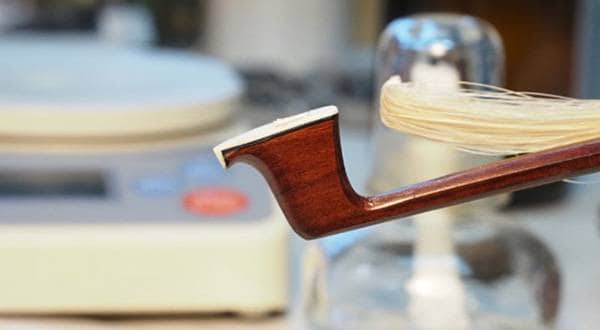
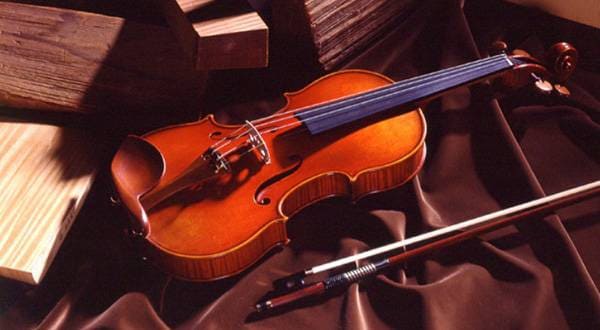
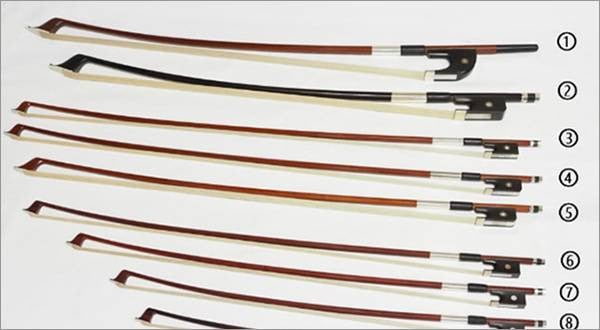
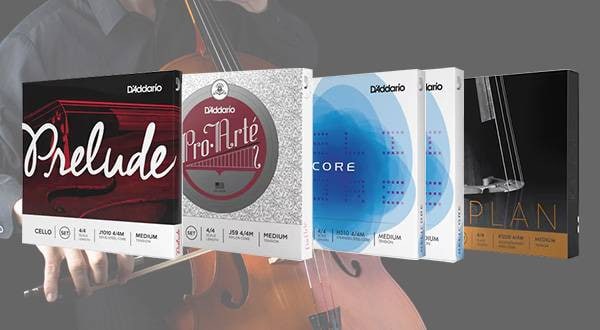
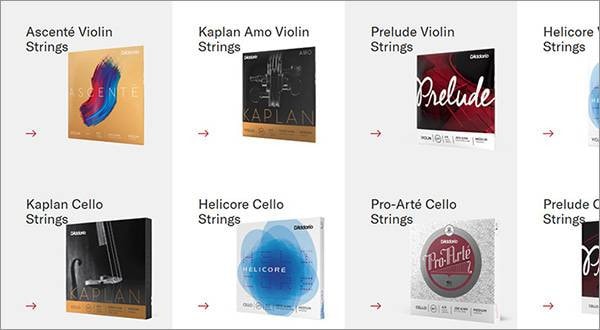
![[String Instruments] Introducing Recommended Violin Sets](/contents/uploads/thumbs/2/2024/5/20240516_2_26873_1.jpg)
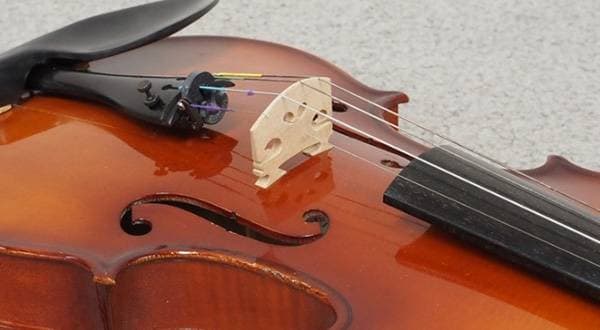
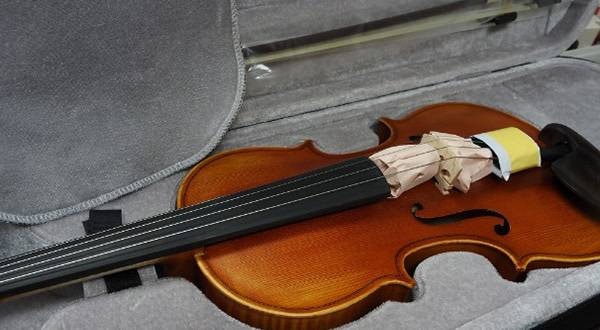
![[Stringed Instruments] Recommended Violin Stands](/contents/uploads/thumbs/2/2024/1/20240125_2_25327_1.jpg)

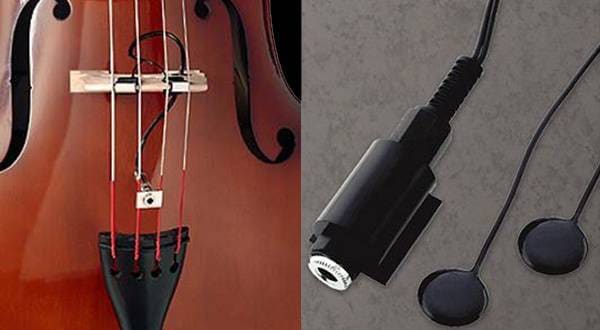
 バイオリンの構え方
バイオリンの構え方
 バイオリンの手入れ
バイオリンの手入れ
 バイオリンの弦交換
バイオリンの弦交換
 バイオリン 弓の各部名称と松脂
バイオリン 弓の各部名称と松脂
 バイオリンの調弦 チューニング
バイオリンの調弦 チューニング

